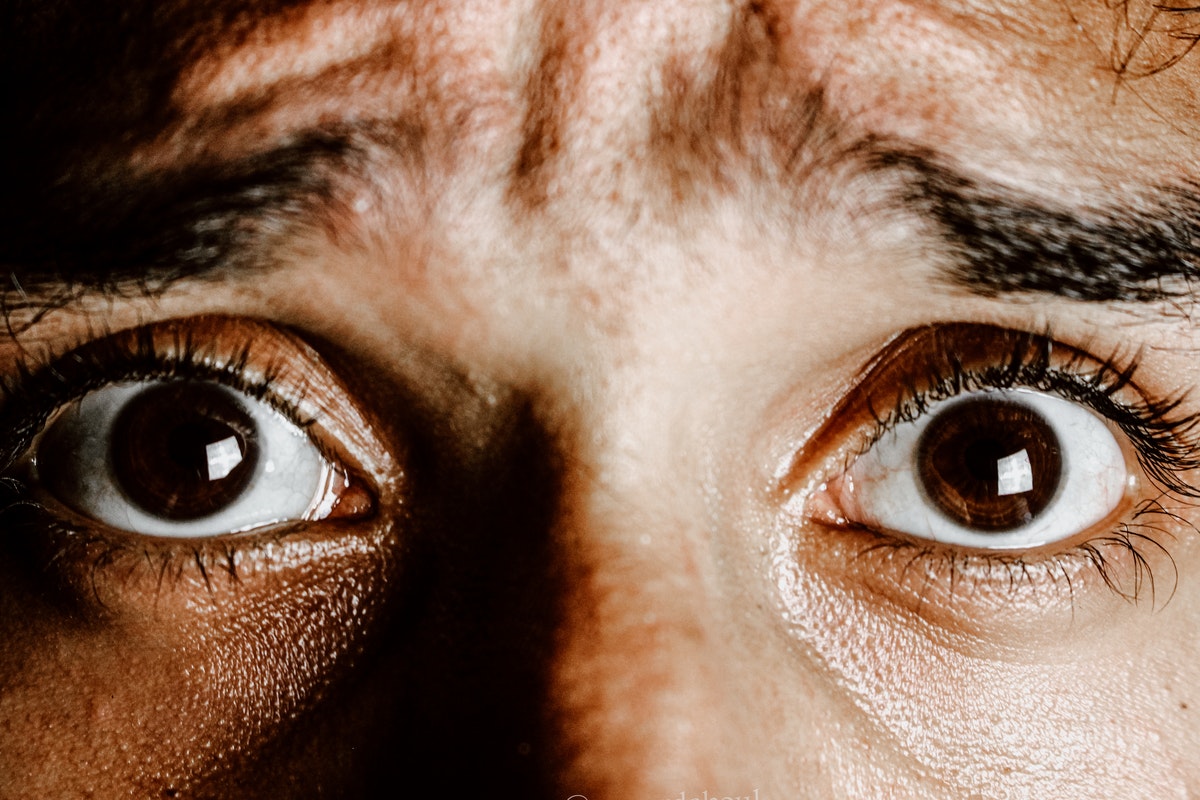A number of Americans suffer from claustrophobia or the irrational fear of being in an enclosed space. Some people who have this condition can be mildly uncomfortable when they are in an enclosed space. On the other hand, others find the situation incapacitating. Even as many people have this condition, it is treatable through several methods.
One common trigger of claustrophobia is an elevator. People with the condition normally start to perspire as the doors of the elevator close. Then, they start to feel suffocated and their heart will beat faster. They will have the urge to get out as panic starts to build. When the elevator opens, that’s when they stumble out and the fear starts to disappear. They may even vow to avoid elevators in the future.
Aside from elevators, the feeling of confinement also comes inside theaters, auditoriums, tunnels, and enclosed vehicles.
Dealing with Claustrophobia
Even though the disorder knows no gender, most of the people who suffer from claustrophobia are women. It’s also possible for the disorder to affect at least two members of a family. Even as there are several causes associated with the condition, trauma is the most obvious cause. Being trapped or seeing someone locked in an enclosed space can trigger this condition.
It can even affect people so much that they cannot stay relaxed inside a regular magnetic resonance imaging (MRI) scanner. If it’s necessary to use the equipment on them, the medical facility should use an open upright MRI scanner.
Several famous personalities experienced the condition, including escape artist Harry Houdini who may have suffered from latent claustrophobia. Among all the treatments available for claustrophobia, only the self-help method doesn’t require the supervision of a licensed medical practitioner.
Systematic Desensitization
Systematic desensitization is among the most effective way of treating claustrophobia. It trains an individual to control his response to the condition through gradual exposure to it. The therapist will initially train the person to physically relax before ranking the situations where he feels anxious from the least to the worse. For instance, a person may feel more anxious in a car than in an elevator.
The person is exposed to the situation that has the least chance of triggering the condition. At this point, the therapist will guide the person to replace the anxiety with relaxation. The exposure is gradual and it retrains the person’s physiology so they will not feel any fear once they encounter the trigger.
Cognitive Behavioral Therapy
Cognitive behavioral therapy trains a person to identify thoughts that come out when he starts to feel anxious. It allows the person to sort out the realistic thoughts and change the ones that are not reasonable. The therapy involves changes in the way a person sees fear. It encourages healthy thoughts and suitable actions. The therapy can also involve getting inside an elevator while thinking that it is very safe. This reinforces a new set of thoughts that the person wants to adopt.
The therapy normally involves letting a person face his fears rather than running away from them. It also uses role-playing to prepare the person to face the fears to see any potential issues when he is doing it. And it also teaches the person to calm his mind and relax his body.
Medical Treatment
A person should consult a doctor and a mental health practitioner when dealing with claustrophobia. Both medical practitioners will examine the person to check if there are any physical causes to the psychological symptoms. It is also possible for anti-anxiety medication together with counseling to help alleviate any severe phobic reactions of some people. But the medication is mainly used to deal with the physiological symptoms while the person is trying to work on the psychological aspects of the disorder.

Consult a Doctor
Even as a person who suffers from claustrophobia will try to deal with it himself, it’s still important for him to consult a doctor. He may encounter information through reading that he may not understand too well. In these situations, the doctor can explain what he read about or heard about from his friends.
This is particularly true when he is using herbal treatment, which is not strictly regulated by the U.S. Food and Drug Administration (U.S. FDA). Due to this, the person should see his doctor before he tries a new treatment. Doing this allows him to avoid any harmful effects, especially if the person is unsure about the herbal treatments.
Just like other phobias, claustrophobia has the potential to cause a person to stop in his tracks and feel weak when it is triggered. This makes it essential to deal with it under the guidance of a licensed medical practitioner.
